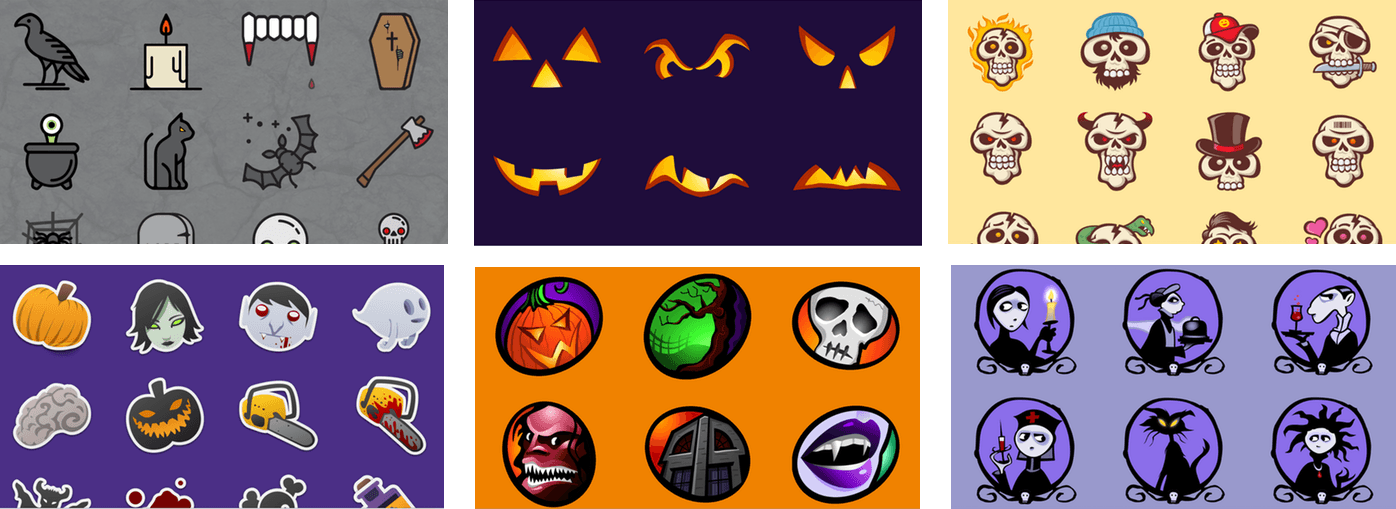The Iconfactory announced a series of iMessage sticker packs today to celebrate Halloween:
- Lore ($1.99) – a collaboration with the well-known podcast about scary stories drawn from true historical events that features cartoon-style illustrations of classic Halloween images.
- Hack-O-Lantern ($1.99) – a pumpkin decorating sticker pack that lets you design your own jack-o-lantern by yourself or with a friend.
- BoneHeadz ($0.99) – a variety of animated skull stickers by illustrator Von Glitschka.
- Spook On ($0.99) - classic Halloween iconography in the style of the previously-launched Stuck On pack.
- Macabre ($0.99) - a mix of animated and static Halloween images in a slightly scarier vein.
- Ravenswood Manor ($0.99) - an animated collection of characters you would expect to encounter in a haunted house.
There are a couple unique features to the Iconfactory’s Halloween sticker packs. First, each comes with a Halloween-themed wallpaper that can be accessed by tapping the name of the sticker pack at the bottom of the Messages drawer. Second, each sticker pack is available for a limited time only. When Halloween is over, the sticker packs will vanish like a ghost in the mist.



